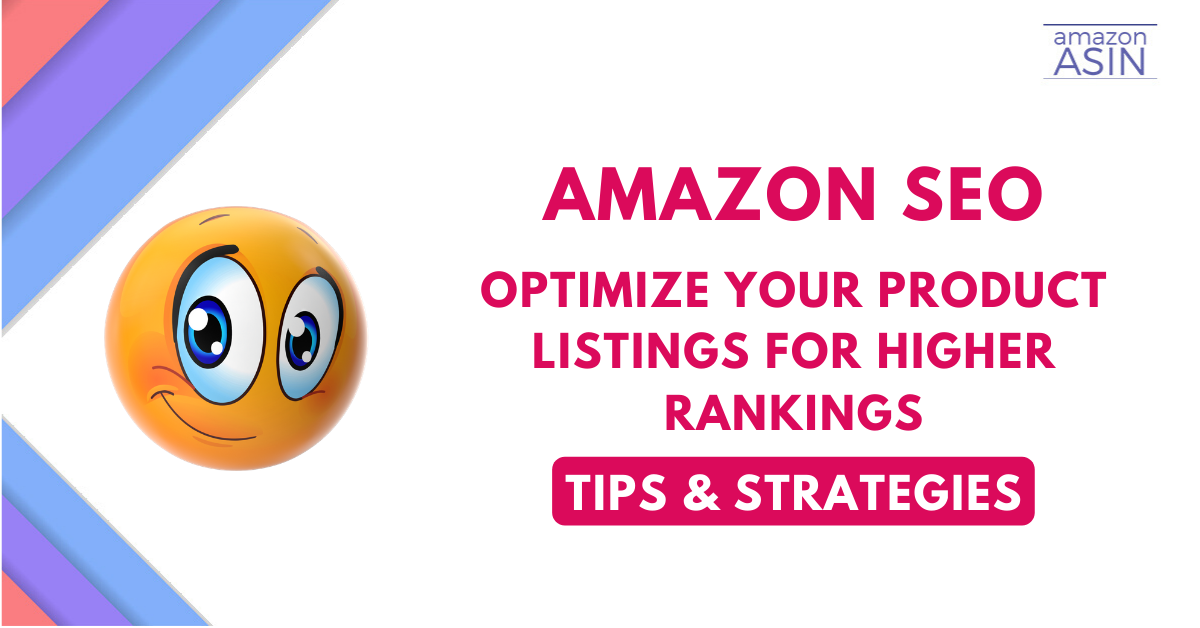A well-crafted content strategy is the linchpin for success in the ever-evolving digital marketing landscape. Content reigns supreme, and optimizing your content for search engines is paramount to make your mark in the digital sphere. This article delves into a comprehensive keyword research checklist that, when followed diligently, will propel your content strategy to new heights.
1. The Foundation: Understanding Keywords
To begin, one must clearly understand what keywords are and how they function. Keywords are words and phrases that the users employ to search for information online. They serve as the bridge between your content and your audience. Conducting thorough keyword research is the first step toward unlocking your content’s potential.
2. The Art of Keyword Selection
The art of keyword selection wields immense power. The pivotal task commences with a thorough comprehension of the target audience and the discernment of their search intent. Building a comprehensive list of keywords requires a meticulous selection process, emphasizing relevance to the content’s subject matter and resonance with the audience’s demands and preferences.
Keyword research tools play a vital role in this endeavor, helping unearth hidden gems and potential focal points for content creation. The chosen keywords become the building blocks of SEO, establishing the content’s presence in the digital realm. A strategic and well-researched keyword selection can elevate a piece of content, ensuring it not only captures the audience’s attention but also aligns seamlessly with their quest for information, products, or services.
3. Competitor Analysis
Comprehending one’s competition stands as a pivotal factor in achieving success. Identifying key competitors and conducting an in-depth analysis of their keyword strategies proves essential in unearthing potential voids and prospects within the niche. By scrutinizing their approach to keywords, businesses gain invaluable insights into the tactics that propel their rivals forward. This examination unveils not only the keywords they prioritize but also their ranking and content strategies. Furthermore, it allows for the identification of untapped keyword opportunities and the crafting of a more strategic approach. In this landscape of digital warfare, competitive analysis is the compass that guides businesses toward victory in the battle for online supremacy.
4. Long-Tail Keywords: The Hidden Gems
While broad keywords are valuable, long-tail keywords often hold hidden potential. These are longer, more specific phrases that may have lower search volumes but can drive highly targeted traffic. Incorporate long-tail keywords strategically into your content.
5. Keyword Tools: Your Arsenal
Keyword research tools form an essential arsenal for digital marketers and SEO practitioners. Among these, the Google Keyword Planner, SEMrush, and Ahrefs stand as formidable aids in deciphering the digital landscape. They unveil invaluable insights into keyword search volumes, competition levels, and emerging trends. These tools serve as compasses, guiding strategists through the labyrinthine world of online content optimization. Their data-driven revelations empower professionals to make informed choices, directing their efforts towards the most promising keywords. With the ever-evolving online terrain, the mastery of these tools becomes crucial, enabling marketers to refine their keyword selection and craft campaigns that resonate with the digital audience.
6. Content Optimization
Upon the selection of keywords, the next crucial step is content optimization. The art lies in seamlessly weaving these chosen keywords into the content, maintaining a natural and harmonious flow. Striking this balance is essential to avoid the detrimental effects of keyword stuffing, which can undermine your SEO endeavors. Content optimization extends beyond mere keyword placement; it encompasses structuring the content logically, utilizing relevant headings, and providing valuable information to readers. Crafting engaging, informative, and user-friendly content not only pleases search engine algorithms but also ensures a satisfying experience for your audience, ultimately enhancing your website’s visibility and authority in the digital landscape. Pay attention to content originality, readability, and fluency. If it lacks any of these elements, rephrase it with the AI paraphraser to get the job done.
7. Crafting Captivating Headlines
Crafting captivating headlines stands as the crucial gateway to engage your audience. These magnetic phrases wield the power to instantly draw readers in, but they must also embody the essence of your content. Striking a balance between intrigue and accuracy is paramount. Incorporating relevant keywords seamlessly into your headlines not only enhances search engine visibility but also ensures your message aligns with audience expectations. Much like a skilled storyteller weaving a spellbinding narrative, your headlines should spark curiosity, invoke emotion, and promise value. In this digital age, where information floods every corner, mastering the art of crafting captivating headlines is the key to captivating the hearts and minds of your readers.
8. Quality Content is King
Keywords, while important, cannot salvage the throne for subpar offerings. It is imperative that content exudes informativeness, engagement, and value, bestowing upon the audience a royal experience. The algorithms orchestrated by Google, the digital monarch, are known to favor and uplift such regal content. User engagement metrics serve as vigilant sentinels, guarding the citadel of rankings. As users interact, share, and linger in the content’s embrace, it ascends the stairway to digital prominence. Thus, the kingdom of cyberspace recognizes the sovereignty of quality content, where words and relevance hold the scepter, guiding websites towards the coveted crown of success.
9. Monitor and Adjust
The digital landscape is dynamic. Regularly monitor the performance of content using analytics tools. Identify which keywords drive traffic and conversions, and be prepared to adjust your strategy accordingly.
10. Stay Current with Trends
Keyword trends change over time. Keep a watchful eye on industry trends and adjust your keyword strategy to reflect current interests and developments in your niche.
11. Mobile Optimization
With the increasing use of mobile devices for web browsing, optimizing for mobile is no longer optional. Ensure your content is responsive and mobile-friendly to reach a wider audience.
12. Local SEO Considerations
If your business has a local presence, prioritize local SEO. Incorporate location-based keywords to attract nearby customers.
13. Backlink Strategy
Incorporate a backlink strategy to enhance your content’s authority and credibility. High-quality backlinks from reputable sources can significantly boost your search rankings.
Conclusion: Elevate Your Content Strategy
A robust content strategy is your ticket to success in the digital realm. A practical keyword research checklist is the cornerstone of this strategy. By understanding the intricacies of keywords, selecting the right ones, and consistently optimizing your content, you can elevate your content strategy and achieve higher visibility, engagement, and, ultimately, success in the competitive world of digital marketing.




